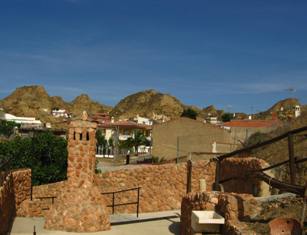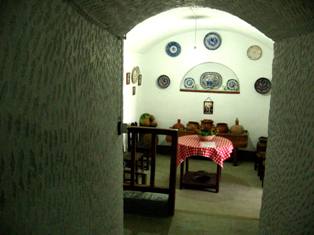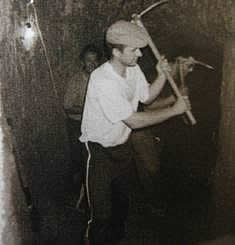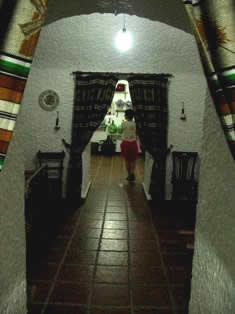
Our first day in area of Granada we spent in Purullena and Guadix, The unique landscape of Purullena eightened the expectations of us.
Visit cave houses in Purulena village - Granada
We were start at the museum of Purullena cave homes.. and finished at the visit of the local artists. Many area artisans craft traditional blue and white pottery. They sell the pottery right out of their homes or in local open-air markets.
 The most interesting thing
The most interesting thing
With many historic events based in Purullena, Guadix and surroundings, history buffs will enjoy spending a day or two in the small town. A few more than 2,300 peopeles live in the town. It may be larger than other surrounding towns, but it is still small and offers only a handful of things to experience.
 What to do in Purullena
What to do in Purullena
Cueva Museo de Purullena is a delightful showcase of three cave homes that are located on the “Hill of the Immaculate One.” The cave dwellings feature period tools, cookware, and furnishings. It is not expensive for the family to tour all three homes and the surrounding land.
The temperature inside the cave homes varies between 17 and 21 degrees Celsis bc during the whole year. That means it feels cool in summer and warm in winter and that makes it very agreeable to live in a cave.
 The Purullena caves are from Arabic origin. 30 Years ago everyone in this town lived in caves. Today 1100 people still live in cave homes. That is why Purullena is known as the Troglodytic City.
The Purullena caves are from Arabic origin. 30 Years ago everyone in this town lived in caves. Today 1100 people still live in cave homes. That is why Purullena is known as the Troglodytic City.
 Constuction of Purullena cave
Constuction of Purullena cave
The houses in the caves are dug out of the mountains. They didn't use any construction materials; they only painted them with white chalk. Chalk is a natural paint which is porous and the air can ciculate preventing humidity in the cave.
In the inside of the cave it is not possible to put doors, because the air needs to circulate. That is why they have curtains to separate the rooms. There are also chimneys through which the air enter and can circulate.
 The materials
The materials
The ceilings are dome-shaped to avoid that the caves will collapse and also to distribute the weight towards the outer side of the walls. These have to be very thick so they can support the great pressure of the hill.
The material from which the caves have been made is arcilla. (Special clay). The arcilla is a very compact but soft soil: very easy to dig a hole. Also it is an impermeable soil, which stops the rain from entering the cave.At the we need to visit some of the local artists. Many area artisans craft traditional blue and white pottery. They sell the pottery right out of their homes or in local open-air markets. You should not leave Purullena without some of this pottery as a souvenir.